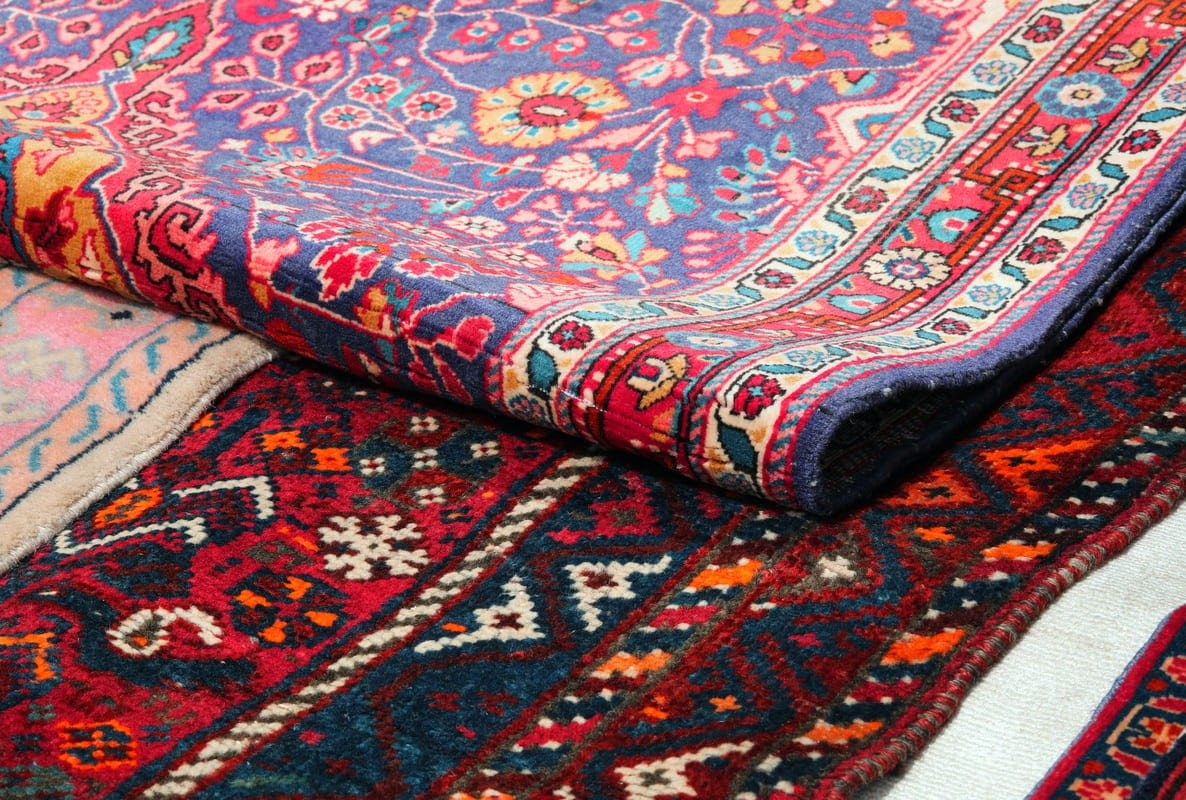Blog
The Timeless Art of Oriental Rugs: History, Culture, and Craftsmanship
Embark on a fascinating journey through the intricate world of Oriental rugs, where craftsmanship meets cultural legacy. From the ancient Pazyryk Carpet to the floral masterpieces of the Safavid dynasty, these rugs tell stories woven across centuries, regions, and civilizations.
📜 Origins and Ancient Techniques of Oriental Rug Weaving
The history of Oriental rugs begins thousands of years ago, with surviving fragments found across a vast expanse—from China and Iraq to Afghanistan and Syria. The earliest known pile-woven example, the Pazyryk Carpet (5th century BC), showcases symmetrical knots and refined designs, highlighting early mastery in rug weaving.
These ancient remnants reveal not only functional use but also the deep cultural significance of rugs. Whether flat-woven kilims or richly knotted carpets, each piece reflects a society’s artistic identity and evolving technique.
🕌 The Influence of Islamic Art on Oriental Rug Design
As Islamic art spread through the Middle East and Central Asia, it left a profound impact on Oriental rug aesthetics. The influence is seen in:
- Geometric precision
- Arabesque floral motifs
- Calligraphic inscriptions
These elements imbued rugs with spiritual symbolism and visual harmony, aligning with Islamic artistic ideals. The Safavid dynasty (16th–17th centuries) in Persia marked a high point, with royal workshops producing lush designs that blended curvilinear floral forms with intricate detail—works that would travel the Silk Road and inspire artisans far beyond Iran.
👑 The Golden Age of Persian Carpets: The Safavid Dynasty
During the Safavid Dynasty (1501–1732), Persian carpet-making reached artistic and technical excellence. Under the patronage of Shah Ismail I and Shah Abbas I, royal weaving centers flourished in cities like Tabriz, Kashan, and Isfahan.
Famous examples from this era include:
- The Ardabil Carpet
- The Sheikh Safi Carpet
These pieces are known for their complex floral symmetry, rich color palettes, and masterful execution. The Safavid aesthetic also influenced Ottoman and Mughal carpets, cementing Persian rugs as the gold standard in textile art.
🌍 Regional Variations in Oriental Rug Weaving Traditions
Each region that contributes to Oriental rug-making brings a distinct style and story:
- Persian rugs: Floral motifs, fine silk, dense knots
- Turkish/Anatolian rugs: Bold geometric patterns, double knots
- Central Asian rugs: Tribal symbolism, earthy tones
- Chinese rugs: Buddhist motifs, pastel hues, and luxurious silk
Differences in materials (wool, cotton, silk), dye sources, and weaving techniques contribute to each rug’s uniqueness. These regional signatures are passed down through generations, forming a living archive of tradition and identity.
🖼️ The Impact of Oriental Rugs on Western Art and Culture
By the 17th century, Oriental rugs had become prized in Europe, first as wall hangings and table coverings, later as luxury floor pieces. Their arrival influenced Western decorative arts and interior design:
- Artists like Vermeer and Holbein featured rugs in their paintings
- Furniture makers and textile designers borrowed motifs
- Collectors used rugs as status symbols and expressions of worldliness
This cross-cultural exchange not only elevated rug design globally but also redefined what it meant to bring the “East” into the Western home.
❓ Frequently Asked Questions
What is the history of Oriental rugs?
Oriental rugs reflect millennia of artistic evolution, with variations in weaving, dyeing, and motif development across the Silk Road. Their production showcases both nomadic traditions and imperial craftsmanship.
What is the cultural significance of Persian rugs?
Persian rugs symbolize heritage, spirituality, and artistry. They reflect regional identity, religious values, and were historically valued as both domestic essentials and trade commodities.
What is one important use of Oriental rugs in Islamic culture?
They often serve as prayer rugs, providing a sacred, clean space for daily prayers. These rugs feature symbolic patterns to aid in meditation and devotion.
What does “Oriental rug” mean?
An Oriental rug refers to a handcrafted textile made in Asia, particularly the Middle East and Central Asia. It typically features intricate patterns and carries deep cultural and artistic value.


